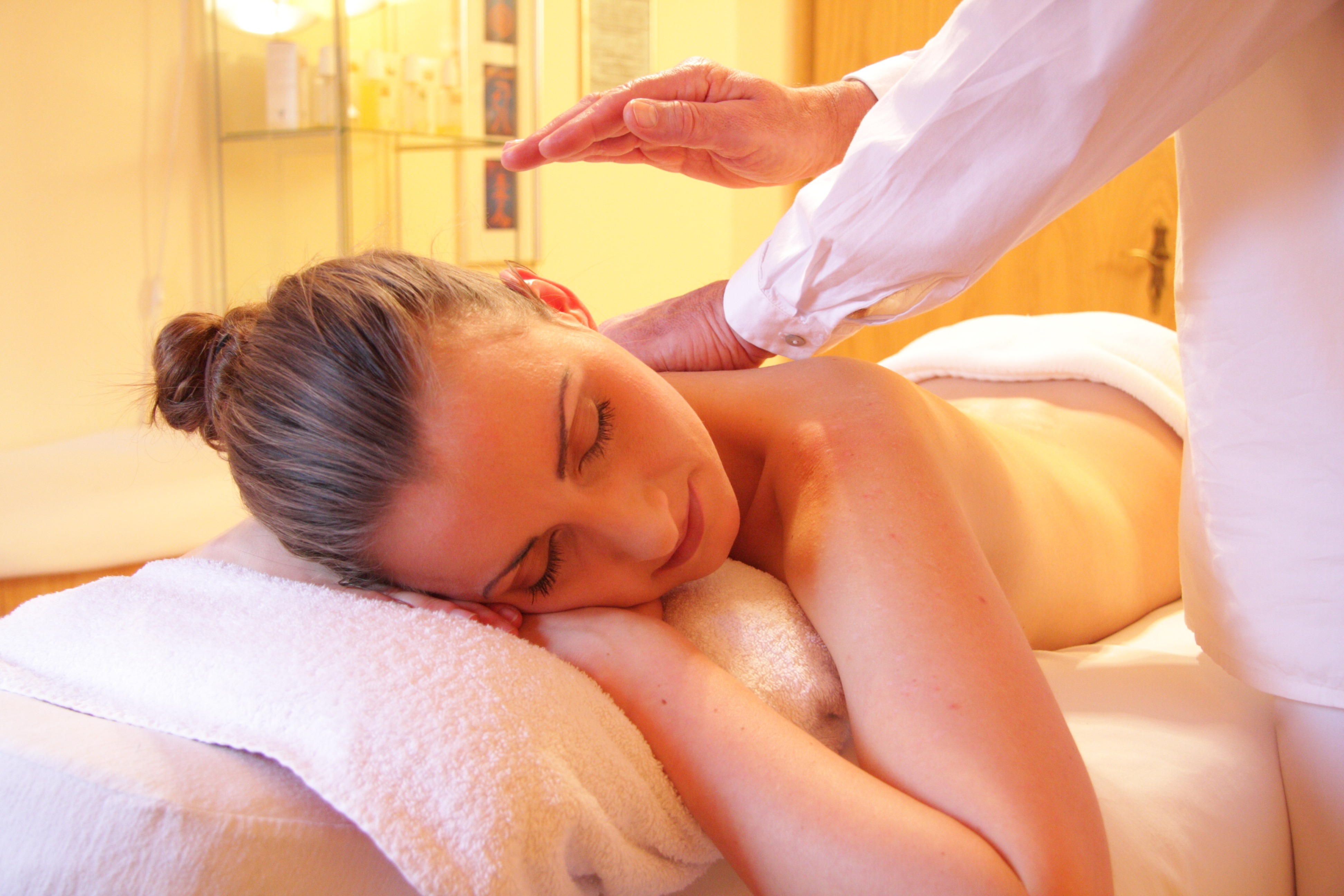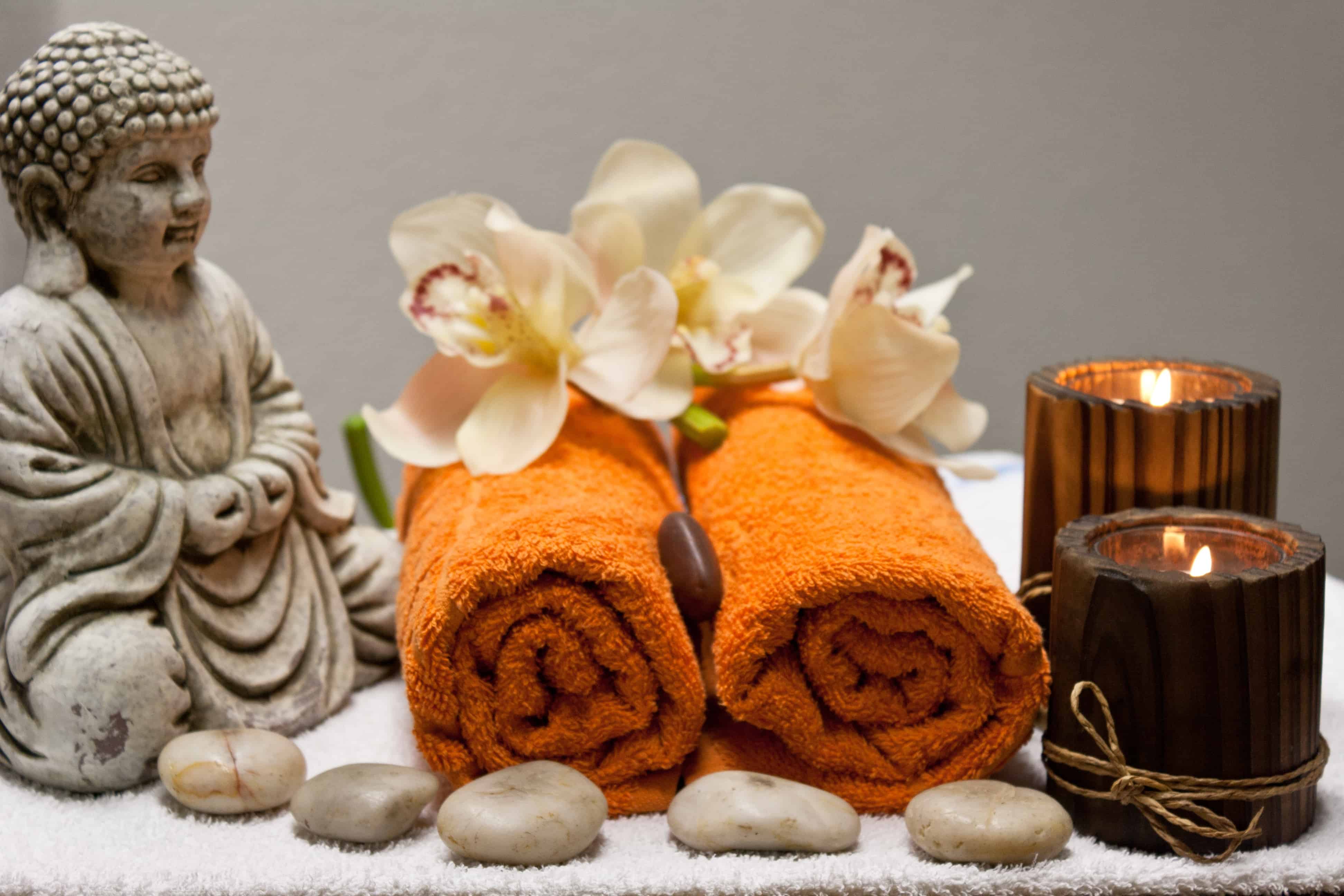Shiatsu is a form of bodywork that means “finger pressure” in Japanese. Although the name is Japanese, shiatsu developed in the context of traditional Chinese medicine such as acupuncture, herbalism and, of course, massage. However, as it developed in Japan the traditional practice of massage, known as “anma,” gradually separated itself from medicine and was no longer viewed as a healing practice.
History
Shiatsu massage developed during the Meiji Restoration of the late 1860s. Practitioners sought to preserve massage along with similar practices. Traditionalists in shiatsu massage had to develop new techniques and names for their practices to gain acceptance from their critics.
Shiatsu finally distinguished itself from the traditional massage of anma by introducing Western knowledge of anatomy and acupressure, as well as an array of eastern healing practices. By 1955, shiatsu had grown and developed into a practice acknowledged as a truly beneficial treatment. People had to have a license in order to be able to practice shiatsu massage. Shiatsu became recognized as a distinct treatment by the Japanese government in 1965.
Shiatsu did not receive worldwide recognition until Tokujiro Namikoshi created a completely new system of bodywork. He combined the systems of modern anatomy, physiology and pathology to create a manual form of therapy.

Shiatsu as a Practice
Shiatsu massage therapy relies on the use the fingers, thumbs and palm to apply pressure to various areas of the body’s surface to help heal common ailments and conditions, and correct imbalances in the body. Shiatsu is different than myofascial release massage. In myofascial release massage, the main focus is the musculature of the human body, covering all the body parts with muscles and all the soft tissues. With shiatsu, pressure applied to points on the body promotes energy flow and corrects disharmonies throughout the patient’s body. In addition to being a deeply relaxing experience, Shiatsu helps relieve stress, treat pain and illness, and contributes to a patient’s overall health and well being.
Shiatsu regulates the automatic nervous system activity and stimulates the circulatory, lymphatic and hormonal systems. Poor posture, joint problems, sprains, arthritis, sciatica, acute and chronic neck and back pain, sinusitis, and bronchitis are treatable with Shiatsu.
This involves the use of gentle manipulations and stretches combined with pressure movement exerted through the fingers and thumbs—the kind of gentle pressure and invigorating massage you’ll experience sitting in a shiatsu massage chair.
Shiatsu Massage Chairs
Shiatsu massage chairs attempt to mimic the practice of shiatsu massage with stretching and accupressure via airbags. Almost every massage chair uses a combination of motors, gears, rollers, airbags and vibrating mechanisms to accomplish various massage techniques. The chairs use small devices that contain weighted wheel or gear to make vibrations. When the electric motor rotates on a wheel, it generates vibrating motions – similar to vibrations in mobile phones. Manufacturers design massaging chairs with several of the vibrating devices to make vibrations on surfaces without having to unbalance the chair. During massage, the rollers act like human hands when moving over the body in soothing manner. The frame’s structure determines the nature of movements. In some chairs, the rollers can move left, right, and in circles.
Some of the most popular massage chairs with the shiatsu function are:
- KAHUNA LM-6800 MASSAGE CHAIR
- KAHUNA SM-9000 SUPERIOR MASSAGE CHAIR
- RELAXONCHAIR MK-II PLUS MASSAGE CHAIR
- HUMAN TOUCH WHOLE BODY RELAX AND MASSAGE CHAIR
- IDEAL MASSAGE FULL FEATURED SHIATSU CHAIR
- OSAKI OS-4000 ZERO GRAVITY MASSAGE CHAIR
- REALRELAX FULL BODY SHIATSU FAVOR-03 MASSAGE CHAIR
- BESTMASSAGE® EC-06 MASSAGE CHAIR
- IJOY ACTIVE 2.0 PERFECT FIT MASSAGE CHAIR

